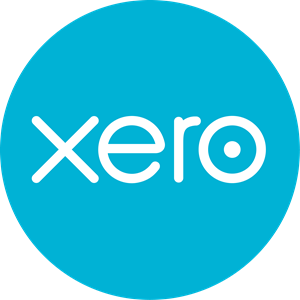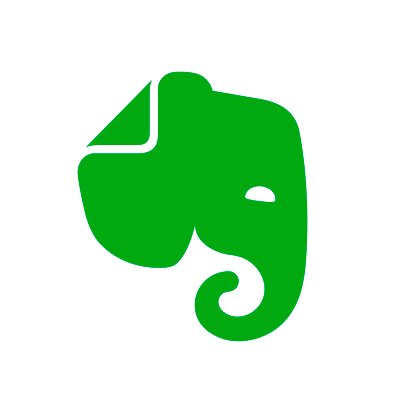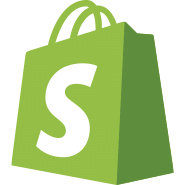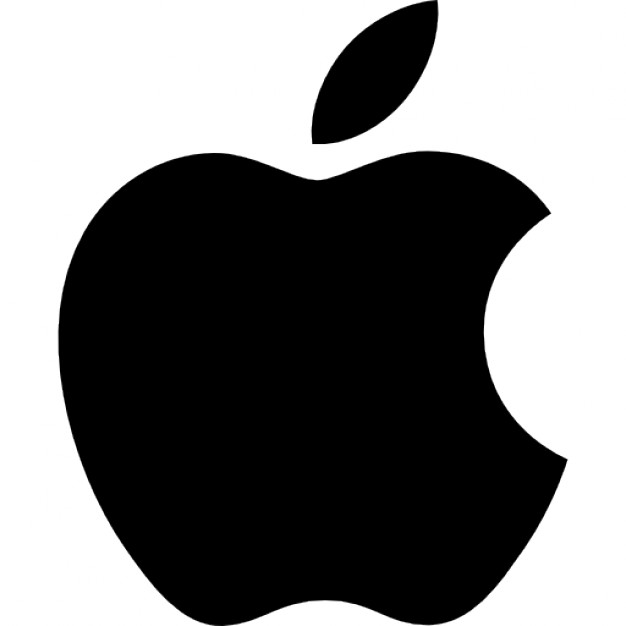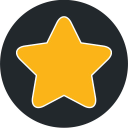I Started A $40K/Month Custom Tailored Clothing Line
Hello! Who are you and what business did you start?
My name is Ray Li and I’m the founder of Sene. We combine classic styles with radical comfort, and custom-make each piece to fit. Every order is covered by our 60 Day Guarantee - free alterations, remakes, exchanges and returns.
Our flagship products are our Men’s FlexTech Suit and Women’s FlexTech Suit. This is the ultimate travel suit custom-made with athleisure fabrics. Each one features four-way stretch, moisture wicking technology, and easy care.
We use data science to replace the tailor. Customers take the SmartFit Quiz and answer 10-15 questions to generate a custom fit, and it's much more accurate than a measuring tape.
Our collection for men and women currently spans custom shirts, custom pants and bottoms, custom outerwear, custom suits.

What's your backstory and how did you come up with the idea?
After graduating from Cornell, I was in management consulting at Deloitte doing global process transformations.
It is not about how smart you are, it’s about the grit to stick it through the darkest and loneliest times.
Then I wanted to experience the other side of the coin, and went to Interbrand and helped companies define their global brand strategy. During my time there, I won a Rebrand100 award for the strategy work for turning around what used to be The Yellow Pages.
I was fascinated with the idea of building a brand from scratch. Personally, there were a lot of brands where I loved the aesthetic but being a slim asian guy, the cut usually didn’t work on me. And I’ve had custom clothing made before, but the experience just never felt that special or elevated. The idea was - what if there could be a marriage of the luxury experience of a high-end brand, but the clothing was all custom fit instead of off-the-rack?
My wife and I had just gotten married and we were excited to dig into the adventure. We started playing around with the idea on nights and weekends, and we love looking back at photos of us shipping some product from our tiny studio apartment in NYC.
Take us through the process of designing, prototyping, and manufacturing the product.
Fashion manufacturing is incredibly hard, to begin with, and we layered on the difficulty of the data and precision of making clothes custom accurately every...single..time.
Though we now use a sophisticated online platform to manage all our orders, we started out placing orders with our first manufacturer by literally sending over PDFs we made in PowerPoint with details on each order! It’s hilarious how little we knew to start, but we figured it was better to get started and despite how messy the back of house was, the front of house AKA the brand really resonated with people.
Here's a grungy Facebook photo my wife posted back in the early days:

“My guy, dropping off 17 custom orders in the mail to a few of his customers.”
We went through two manufacturers before we found the current two that we work with now. The lesson learned is - you get what you pay for. And if you want to create world-class product, you have to work with world-class manufacturers.
For us - it wasn’t just making a beautiful clothing product, we had to figure out how you get people who would never shop custom to buy into custom clothing. And we’re not just talking suits, I’m talking about raw denim joggers and wool/silk blend field jackets. This is a radically new way to shop, and we experimented with a ton of different formats.
We quickly went to omni-channel and now have our retail flagship store in LA. That was scary because most brands are digital-only for many years until they open a store.
For us, because we were creating a new category, the store was like a research laboratory where we could learn about our customers really quickly. I remember signing that first rent check - it was the most money I had ever given away and it freaked me out.

We also had to build a ton of technology to manage the data. We need body data, fit data, and order history data as well as how their fit evolves over the lifetime of doing business with us. We initially worked with a developer that was way too cheap and wrote really messy code and did a terrible job with QA, then we worked with a fantastic developer but unfortunately was too expensive for us. So you have to do what makes sense for where your company is and decide what you can afford, as well as what you’ll be really good at and what you’ll outsource.
Describe the process of launching the business.
Shopify has made the world a lot easier for entrepreneurs. I started with Wordpress, which is much better suited for blogging. Any sort of e-commerce business requires a lot of software integrations (i.e., email, app reviews, social) and Shopify is the best at this. It was a nightmare and we quickly switched over to Shopify, which today is a no brainer.
We raised a 300K friends & family round and use it to launch a Los Angeles flagship store, develop a collection, and define a new way to shop. We were super frugal since we didn’t have the luxury of raising a bunch of venture capital money.
The theme is - take your time to work with the right people. In the early days, if you bring on the wrong person, it can kill the business.
Our advisory board includes the Retail Design Lead at Google who used to also lead environmental design at IDEO. He helped us create our retail concept, so we were able to launch a beautiful store from the start.
At our launch event, it was pouring rain in LA and I was bummed that no one was going to come (yes LA is flaky). However come evening, we had almost 300 people show up to the flagship store. You could hardly move and people were overflowing into the street and the back alley. It was electric. We had a pretty big email list and just invited everyone who was in LA to come, and we partnered with Malin + Goetz and Hendrick’s Gin to offer free cocktails and products. A launch event is always a great way to get press, and can be cost-efficient if you can have vendors sponsor the food & beverage.
However, the challenge was I had no idea how to run a store. In the first year, we went through several retail staff since I didn’t know what we were looking for and I spent a lot of time on the sales floor myself on weekdays and weekends just to learn the ropes. We learned that as a young brand that most people don’t know, the product really has to be sold - meaning you need strong sales associates who really tell the story of the brand and build relationships with customers. We’ve seen a 3x difference between really great associates who love the brand and champion it vs associates who are happy to sit on a chair and surf the internet.
Since launch, what has worked to attract and retain customers?
We tried most marketing tactics (that we could afford).
Here’s what didn’t work:
Hiring a paid marketing agency
We hired a paid marketing agency but it didn’t work out well - our price point was too high to rely on Facebook Ads as the primary way for people to learn about us. Since most of our customers have never shopped custom, they really either needed to learn about us from sources of trust - friends, influencers and press.
Hiring a PR person
We hired a PR person for a below market rate - but that person didn’t get much in terms of press hits. Then we started doing desktop research, just looking up journalists and sending them our story, and that’s when we started getting our best press stories (i.e. LA Times, WWD, Fashionista, etc).
Here’s what did work for us:
Influencer partnerships
We focus heavily on influencer partnerships where we gift people free product to talk about the experience, and that started to perform quite well. For example, we worked with Sonja Rasula, the CEO of Unique Markets, to document her experience of getting suited up, and her wearing it at a wedding.
Our business is very visual, and this allowed customers to see how simple it was to get custom, which most people think takes forever.
Photo and video content
We focus on creating photo and video content that is entertaining and creates value for the person. We will be releasing our first season of video features in Jan 2019, showcasing the entrepreneurial journey of someone from Death Cab For Cutie, the director for HBO shows like Insecure, and the CEO of Violet Grey.
Wholesale
At this point, we’re not doing wholesale. Since we’re direct-to-consumer, we pass on the margin in the form of savings to the customer.
Channels like Amazon also aren’t relevant since the process is more complex and can’t be managed on a traditional marketplace platform.
How are you doing today and what does the future look like?
We are pretty close to being consistently profitable, and that’s because we’re super frugal on our spend.
Our business is very capital efficient. Our gross margins are 60-65% after shipping and fulfillment, and we make all of our products to order, so we hold hardly any inventory except that which goes toward the try-on experience in-store and online.

My cousin Mark Zheng joined as my business partner at the start of this year and we hired Victoria, who is an amazing Retail Experience Lead, in Q2 this year. Massive positive impact on the business to round out the leadership team with people with strengths that are quite different than mine.
On influencer campaigns, we see a 2.5-3x return on spend depending on the influencer, so we’re working hard to optimize our criteria on influencer selection. We have pretty high average order values, so that really helps us in terms of what we can afford to acquire a customer.
Our plan in the next 12 months is to double-down on the LA market while significantly scaling our ecommerce business.
Through starting the business, have you learned anything particularly helpful or advantageous?
It helps tremendously to have a business partner. Before my cousin Mark joined, I ran a test with him helping out on a contract basis. We are very close and I knew it could either be amazing or horrible. I also prayed a lot about it and asked for advice from friends, and felt a lot of peace about the decision. It’s made a world of a difference to get to share the highs and lows of the journey with him.
The theme is - take your time to work with the right people. In the early days, if you bring on the wrong person, it can kill the business. As an entrepreneur, you’re desperate for help and it’s easy to grab help wherever you can get it but it’s often better to wait and make sure.
For consumer products, it’s also important to partner with the other companies with tight brand fit. It doesn’t matter whether you like a company personally. We had this one experience where we ran a multi-month brand partnership with a shoe brand where we personally loved the product but their customers felt our products were too expensive and it didn’t pan out.
Finally, I’ve found that strong personal rhythms are important to keep you level-headed. My wife and I are part of a community group through our church and we also try to do date night often. Mark, his gf Cathy, my wife Krista and I often go out and do fun stuff together too.
What platform/tools do you use for your business?
- E-commerce: Shopify
- Personal Email Mgmt: Front
- Customer Emails: Klaviyo
- Customer service: Front
- Social Media: Planoly
- Analytics: Google Analytics, Moz
- Collaboration: Slack
- UX: Sketch, Invision
- Content: Adobe Creative Suite
What have been the most influential books, podcasts, or other resources?
Podcasts
Books
- Grit
- Never Split The Difference: Negotiating As If You’re Life Depended On It
- The Hard Thing About Hard Things
- Thinking In Bets
Advice for other entrepreneurs who want to get started or are just starting out?
It is not about how smart you are, it’s about the grit to stick it through the darkest and loneliest times.
You may be smart, but you are not smart enough. Surround yourself with people who are better than you.
Honesty and integrity matter.
You run your business, your business shouldn’t run you. Never blame your business for not being able to accomplish things - take responsibility.
Are you looking to hire for certain positions right now?
We’re looking for a technical design lead and a content lead.
Where can we go to learn more?

Download the report and join our email newsletter packed with business ideas and money-making opportunities, backed by real-life case studies.

Download the report and join our email newsletter packed with business ideas and money-making opportunities, backed by real-life case studies.

Download the report and join our email newsletter packed with business ideas and money-making opportunities, backed by real-life case studies.

Download the report and join our email newsletter packed with business ideas and money-making opportunities, backed by real-life case studies.

Download the report and join our email newsletter packed with business ideas and money-making opportunities, backed by real-life case studies.

Download the report and join our email newsletter packed with business ideas and money-making opportunities, backed by real-life case studies.

Download the report and join our email newsletter packed with business ideas and money-making opportunities, backed by real-life case studies.

Download the report and join our email newsletter packed with business ideas and money-making opportunities, backed by real-life case studies.










